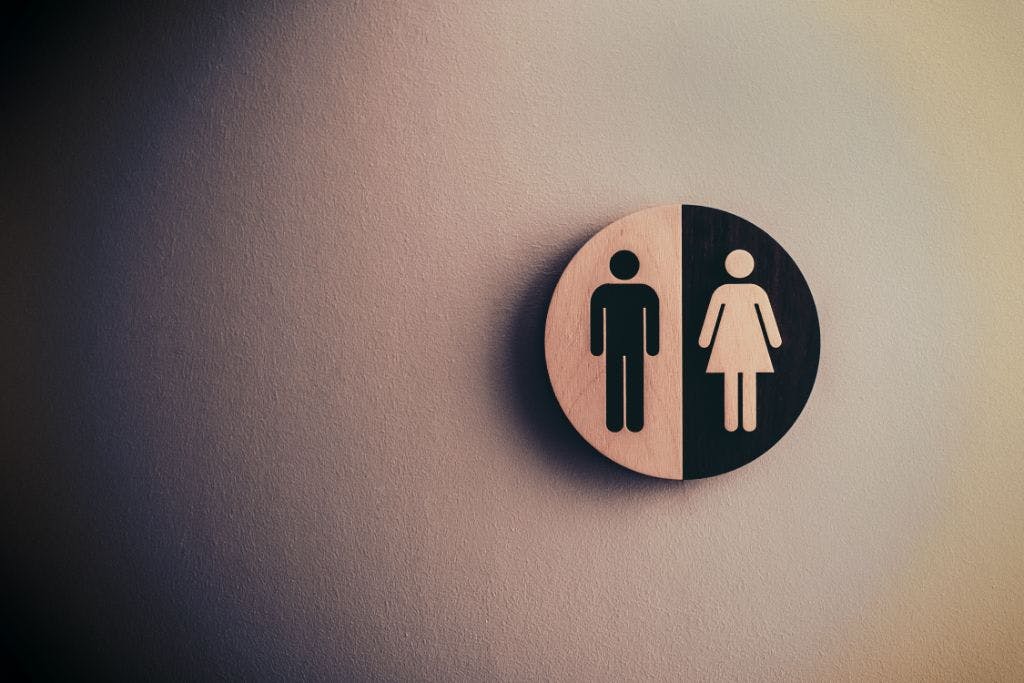First published on Friday, Nov 26, 2021
Last updated on Wednesday, May 24, 2023
Today, the workplace has become a much fairer and equal place. Employees can now feel more protected and included rather than being marginalised.
But, despite employers’ best efforts, discrimination in the workplace still occurs. As an employer, you need to be aware of what discrimination is and different types of discrimination.
You need to understand what constitutes as discrimination. Not only because your staff deserve to be treated fairly, but because you could be breaking the Equality Act 2010 if you don’t.
In this guide, we’ll talk about what discrimination is, the types, and how to deal with discrimination.
What is Discrimination?
Discrimination is used to describe being treated unfairly for a particular reason. In the workplace, it can be based on certain prejudices against an employee.
The Equality Act 2010 only protects individuals. This means that an employer cannot discriminate against its employees.
Different Types of Discrimination
There are 4 types of discrimination you should be aware of in the workplace.
Direct Discrimination
Direct discrimination refers to treating an individual less favourably due to a physical or mental characteristic.
Direct discrimination can occur in the workplace for several reasons, like:
- Reducing an employee’s wages for no good reason.
- Selecting workers for redundancy based on a protected characteristic.
- Not making reasonable adjustments for disabled workers.
Indirect Discrimination
Indirect discrimination can occur when certain rules put employees at a certain disadvantage.
For example, if you need workers to work on Sundays, you could be discriminating against Christians who consider Sundays as a day of worship.
Employers should be able to show there is a good reason for it. This is known as objective justification.
Harassment
Harassment discrimination is unwanted behaviour which an employee may find intimidating. For example, actions like hostility, humiliation, or insolence.
Harassment can occur through verbal, written, or physical abuse. It can also occur online via offensive emails or comments on social media posts.
Within harassment discrimination, the victim’s account of the misbehaviour is more important than how the harasser sees it.
Victimisation
Victimisation in the workplace occurs when an employee is treated poorly or unfairly because they’ve made a complaint relating to a protected characteristic, like disability, sexuality, or religious status.
An employee can suffer from victimisation through a loss, disadvantage, or harm. For example, they’ve:
- Made an allegation.
- Supported a claim.
- Given evidence relating to a complaint.
- Raised a grievance concerning equality.
Discrimination examples and characteristics
It’s important that you understand each type of discrimination so you can be aware of any signs in the workplace.
Here are some examples:
- Age Discrimination
- Disability Discrimination
- Gender Discrimination
- Marriage Discrimination
- Pregnancy Discrimination
- Race Discrimination
- Religious Discrimination
- Sexual Orientation Discrimination
How to deal with discrimination
As an employer, you should be proactive in protecting your employees.
To stay on the right side of the law, you can prevent discrimination at several stages:
Recruitment – Make sure your job advert doesn’t discriminate against a particular group of people. Policies – Create an equal opportunities policy at work. This policy should lay out the protected characteristics. Educate your employees – Let your employees know what is on your policy and include details in their contracts and handbooks. Deal with complaints – If a worker makes a complaint, you should deal with it quickly.
Get expert help with all Types of Discrimination with BrightHR
Understanding discrimination is vital for your company.
By not knowing, it could cost your company thousands of pounds and give your brand a bad reputation. It may be difficult to if interpret whether it is being carried out in the workplace. Make sure you understand each type before action is taken.
If an employee is being untreated fairly against, they can make a complaint against you or even take their case to court. This could end with a hefty fine for an employer.
BrightHR can alleviate any stress you have about workplace discrimination. We can ensure you deal with it correctly whilst protecting your employees and their rights.
Book in a free demo today to see how easy it is to HR with BrightHR. Give us a call on 08007832806
Frequently Asked Questions About Types of Discrimination
Our clients ask a lot of questions about types of discrimination. We’ve answered some of the most common ones below.
Not found an answer to your question? Bright Lightning answers thousands of employment questions in seconds.
What are the four types of discrimination?
The 4 types of discrimination under the Equality Act are:
- Direct
- Indirect
- Harassment
- Victimisation
What is Victimisation in the workplace?
Victimisation at work can occur when a worker is treated unfairly because they have made a complaint relating to a protected characteristic. This relates to the characteristics under the Equality Act 2010.
Have a question?
Ask away, we’ve got lightning fast answers for UK business owners and employers powered by qualified experts.









